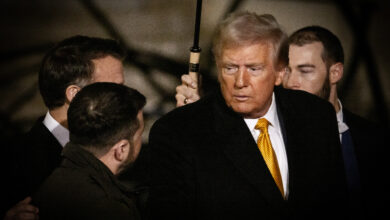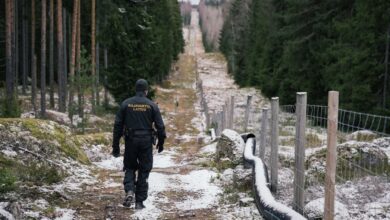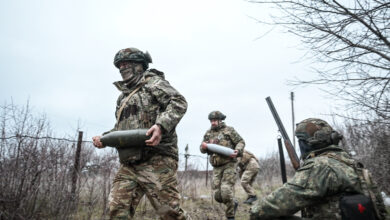Riga has approved a 303-million-euro ($331-million) program to bolster the security of Latvia’s border in response to military conflict in the region.
The Eastern Border Fortification Counter-Mobility Plan aligns with the Baltic Defence Line initiative launched in January to protect member states from Russian President Vladimir Putin’s illegal agenda “if it were to win in Ukraine.”
Latvia revealed that its latest military effort will cover the whole length of its border adjacent to Russia and Belarus’ territories with defense force support outposts, anti-tank trenches, obstacle lines, and tactical equipment storages.
Work for the construction will begin in March and continue for five years.
Eastern Border Fortification Counter-Mobility
Riga wrote that the outposts will have ”reinforced structures and fortifications” to complement troop capabilities further. Existing roads and ditches near the sites will be reformed to increase the number of trenches and cripple enemy mobility.
Various obstacle lines will be placed throughout the border to maintain the functions of the trenches. These lines will include anti-tank mines and “dragon’s teeth” pyramidal fortifications that would disrupt ground fleets.
These lines will be adjusted according to the existing terrain, enabling efficiency with natural obstacles including forest patches, swamps, and other landscapes.
Meanwhile, planned safe storages will house explosives, mines, and engineering systems to deliver rapid support for warfighters stationed at the border.
Additional projects will be developed to facilitate “immediate and effective” shutdowns across main transport routes, bridges, and railways in the event of an attack.
“We will establish the Baltic Defence Line to defend NATO’s Eastern flank and deny freedom of movement for our adversaries,” Latvian Defence Minister Andris Sprūds said during the Baltic Defence Line meeting in January.
“In the lead up to the historic NATO Summit in Washington we must ensure that the Alliance is better prepared than ever to execute defence plans, strengthen air and missile defence and allocate more resources to defence.”












